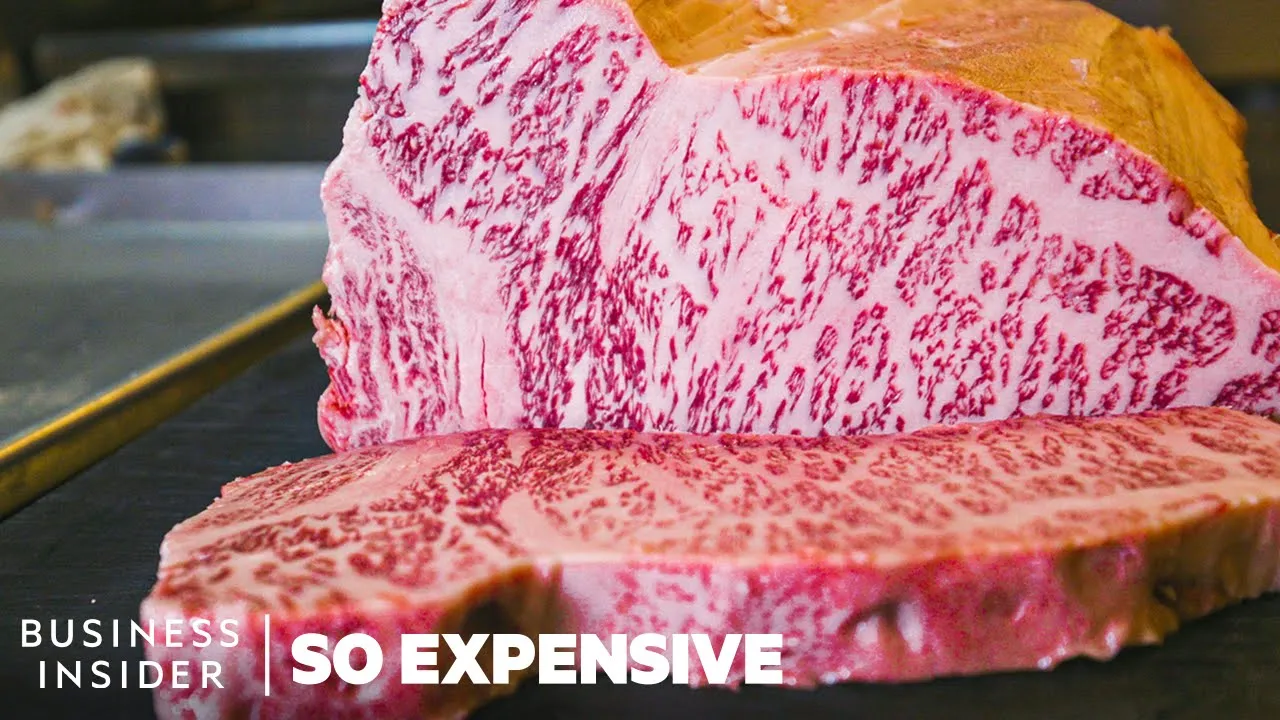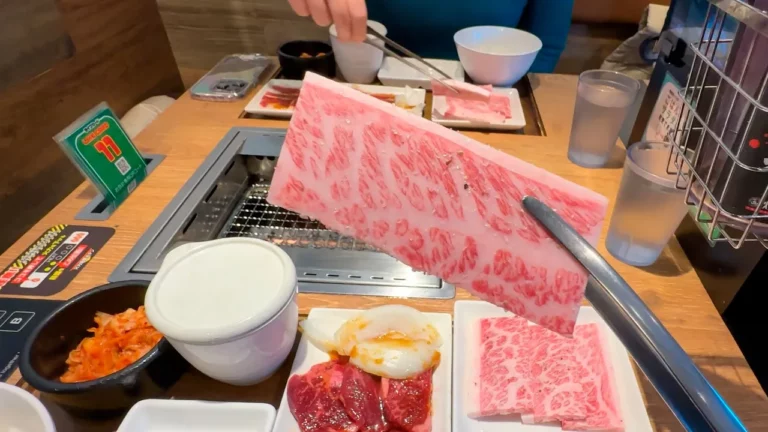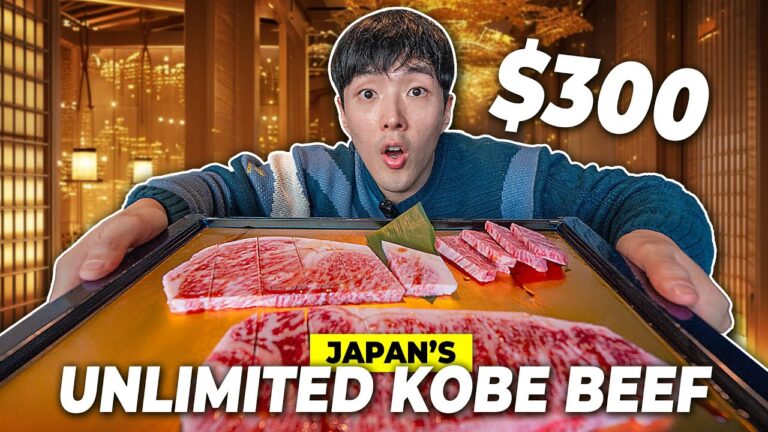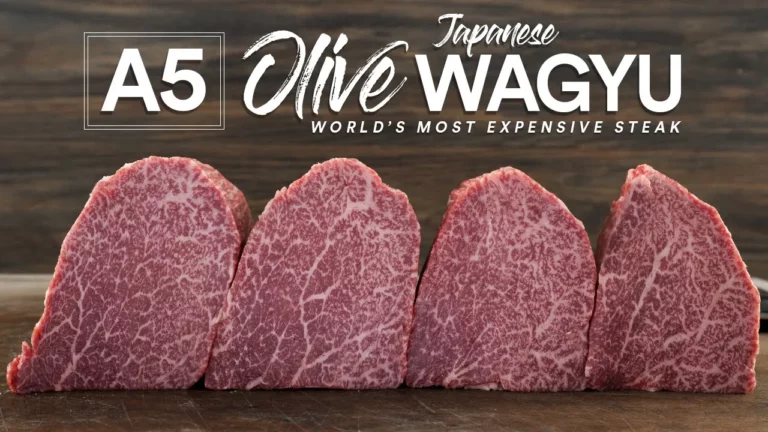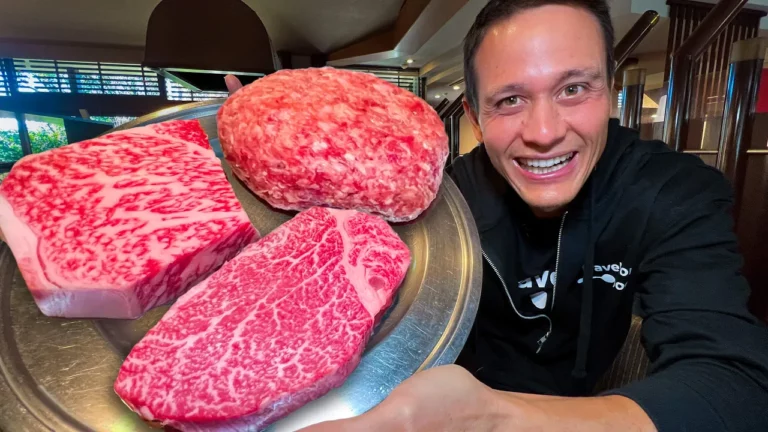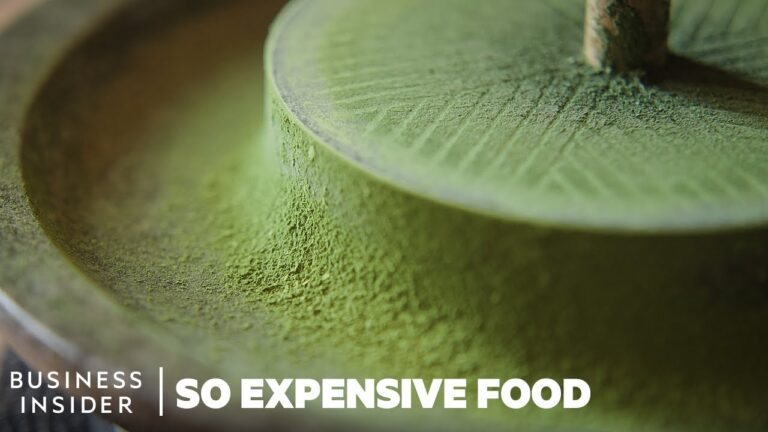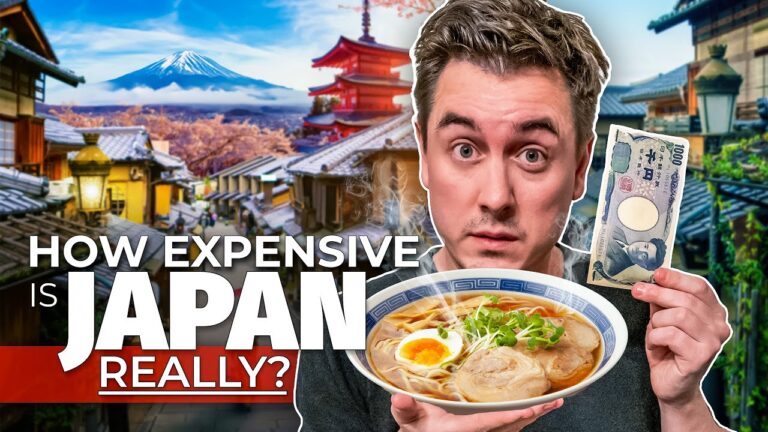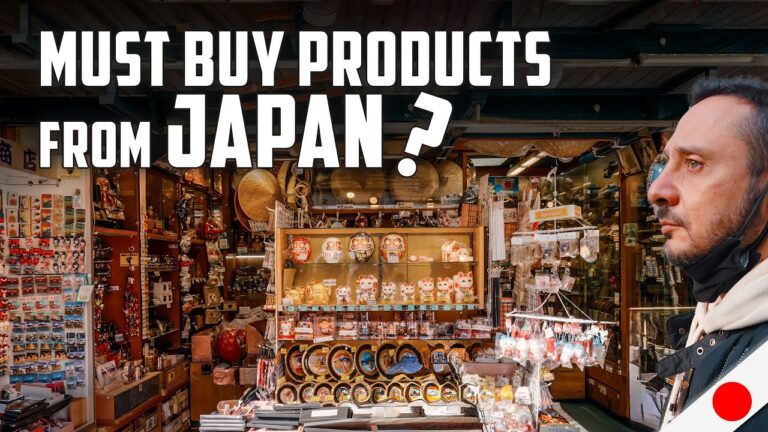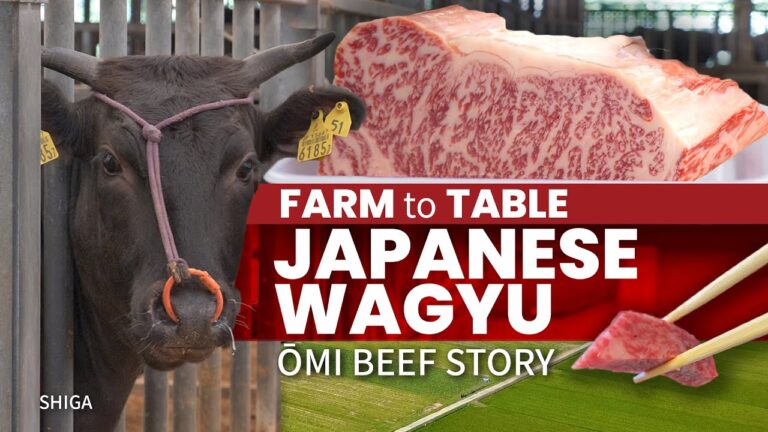Wagyu beef, with its luxurious marbling and unparalleled tenderness, stands out as one of the most coveted meats globally. Hailing from Japan, Wagyu has gained a reputation for its exceptionally high price tag, reaching up to $200 per pound for top-grade cuts. But what exactly makes Wagyu beef so expensive?
The term “Wagyu” translates to “Japanese cows,” encompassing four main breeds known for their physical endurance and abundance of intramuscular fat cells. This unique breeding results in a distinct marbling pattern, giving Wagyu its characteristic pink hue and exquisite taste. To maintain the value and quality of Wagyu beef, the Japanese government strictly regulates its production, allowing only the highest grades, such as A3 to A5, for sale in Japan.
The journey of Wagyu beef from pasture to plate involves a meticulous fattening process that significantly contributes to its cost. After being raised by a breeder until around ten months old, Wagyu cows are sold at auction to a fattening farmer. These animals are then kept in small pens and fed a specialized diet three times a day for nearly two years, leading to a marbling content that sets Wagyu apart from other types of beef.
While Wagyu beef is often associated with myths of daily massages and beer-fed cows, the reality of Wagyu farming involves varied practices across different regions and by individual farmers. Despite the varying approaches, the exceptional quality and premium price of Wagyu beef remain consistent, making it a highly sought-after delicacy worldwide.
As Japan faces increasing global demand for Wagyu beef, other countries like the US, Australia, and the UK are exploring breeding their own Wagyu cattle. Through crossbreeding and improved breeding practices, these countries aim to produce Wagyu beef that rivals the quality of the original Japanese product. This potential expansion of Wagyu production may offer consumers a more accessible option without compromising on the unique characteristics that make Wagyu beef exceptional.
